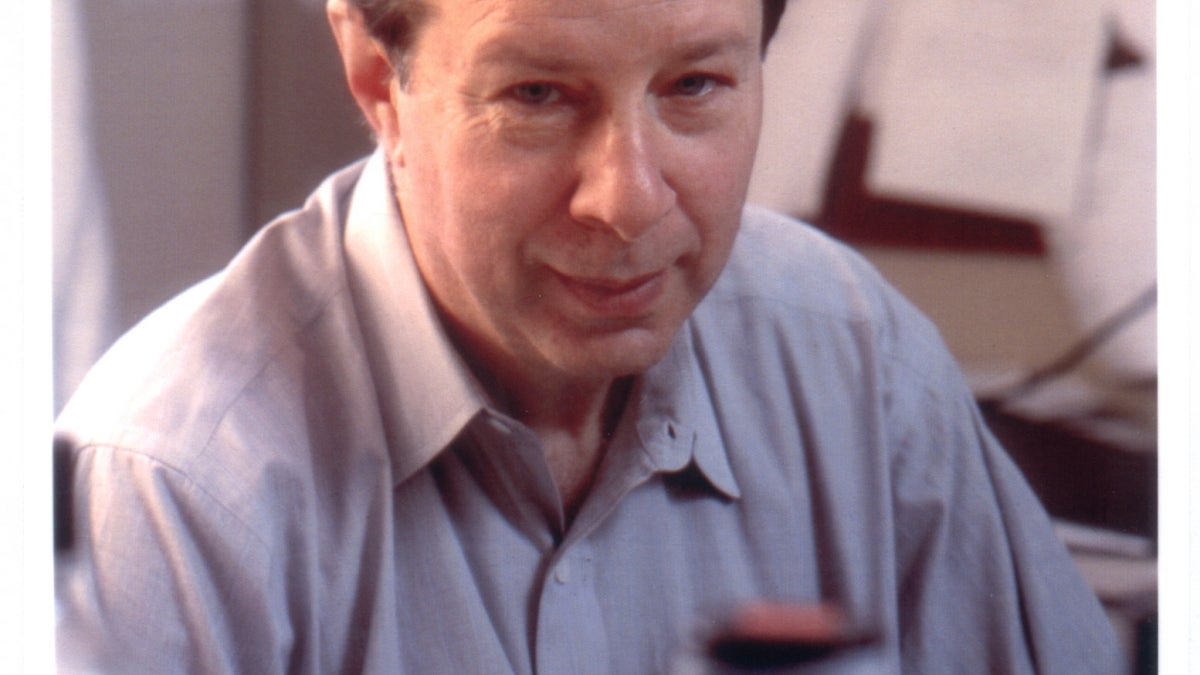Sidney Altman, an Arizona State University professor and Nobel laureate who discovered the catalytic properties of RNA, died on April 5 at the age of 82.
“We are incredibly saddened to learn of Sidney Altman’s passing. Since joining The College, he has greatly enriched the ASU community through his scientific expertise and knowledge,” said Kenro Kusumi, dean of natural sciences in The College of Liberal Arts and Sciences. “He leaves a lasting impact not only on the university but on the scientific community at large.”
Altman, a professor in the School of Life Sciences, joined the university in 2016 to contribute to the work being done with the Origins Project (now the Interplanetary Initiative).
“Through his discoveries, Sid Altman materially changed both our ability to better understand the beginning of our planet and humankind, and to advance a healthier future for all,” said ASU President Michael M. Crow. “Our university community is proud to have shared in his vast knowledge and enduring legacy.”
Altman's work focused on the function and structure of ribonuclease P in both bacteria and human cells. His research group at ASU investigated the properties of these enzymes and what they are doing in living organisms. His group also explored the use of RNase P and external guide sequences to activate various genes in bacteria and mammalian cells.
“Sid had a fantastic scientific career. He studied with the fathers of molecular biology, such as Francis Crick, Sydney Brenner and Matt Meselson, and he himself became one of them,” said Marco Mangone, an associate professor in the School of Life Sciences. “What made him stand out was that he was not only very curious, smart and dedicated, but also not shy to speak up and go against accepted scientific dogma, which didn’t always earn him friends. Sid was one of these scientists that unfortunately is very rare to meet these days. … Despite his mounting health issues, he remained sharp and a driving force. I learned a lot from him, and I will miss him.”
Throughout his career, Altman won a number of prestigious recognitions for his work, including the Rosenstiel Award for Basic Biomedical Research in 1989, the National Institutes of Health Merit Award in 1990 and the Yale Science and Engineering Association Award in 1990. He shared the 1989 Nobel Prize in chemistry with Thomas R. Cech for their discoveries that RNA actively aids chemical reactions in cells.
“Sid really was a pioneer in this field and loved discussing with our students both the history of RNA biology, that he was a key player in developing, but also where the field has gone more recently, with the discovery and use of RNA-mediated gene editing, the so-called CRISPRA family of DNA sequences used to detect and destroy DNA from similar bacteriophages during subsequent infections. technology,” said Bertram Jacobs, a professor in the School of Life Sciences. “The characterization of CRISPR is a direct outcome of the pioneering work that Sid did to show that RNA could be part of an enzymatic activity. And I think our students were delighted in hearing how the history of the biology of RNA led to the revolution in gene editing that is available today.”
Altman was a fellow of the American Academy of Arts and Sciences and National Academy of Sciences. He received a bachelor’s degree in physics from the Massachusetts Institute of Technology and a PhD in biophysics from the University of Colorado at Boulder. He served as the Sterling Professor of Molecular, Cellular and Developmental Biology at Yale University.
He wrote in his autobiography on the Nobel Prize site that he was born in Montreal in 1939. His parents were immigrants; his mother worked at a textile mill and his father at a grocery store. His family instilled a love for education and books at an early age, and from there, his interest in science blossomed.
“I am conscious of two events that sparked my early interest in science, the first being the appearance of the A-bomb. The mystique associated with the bomb, the role that scientists played in it and its general importance could not fail to impress even a 6-year-old,” Altman wrote. “About seven years later I was given a book about the periodic table of the elements. For the first time I saw the elegance of scientific theory and its predictive power. I should mention that while I was growing up, Einstein was presented as a worthy role model for a young boy who was good at his studies.”
Altman is survived by two children, Daniel and Leah, and four grandchildren.
More Science and technology

ASU-led space telescope is ready to fly
The Star Planet Activity Research CubeSat, or SPARCS, a small space telescope that will monitor the flares and sunspot activity…

ASU at the heart of the state's revitalized microelectronics industry
A stronger local economy, more reliable technology, and a future where our computers and devices do the impossible: that’s the…

Breakthrough copper alloy achieves unprecedented high-temperature performance
A team of researchers from Arizona State University, the U.S. Army Research Laboratory, Lehigh University and Louisiana State…


